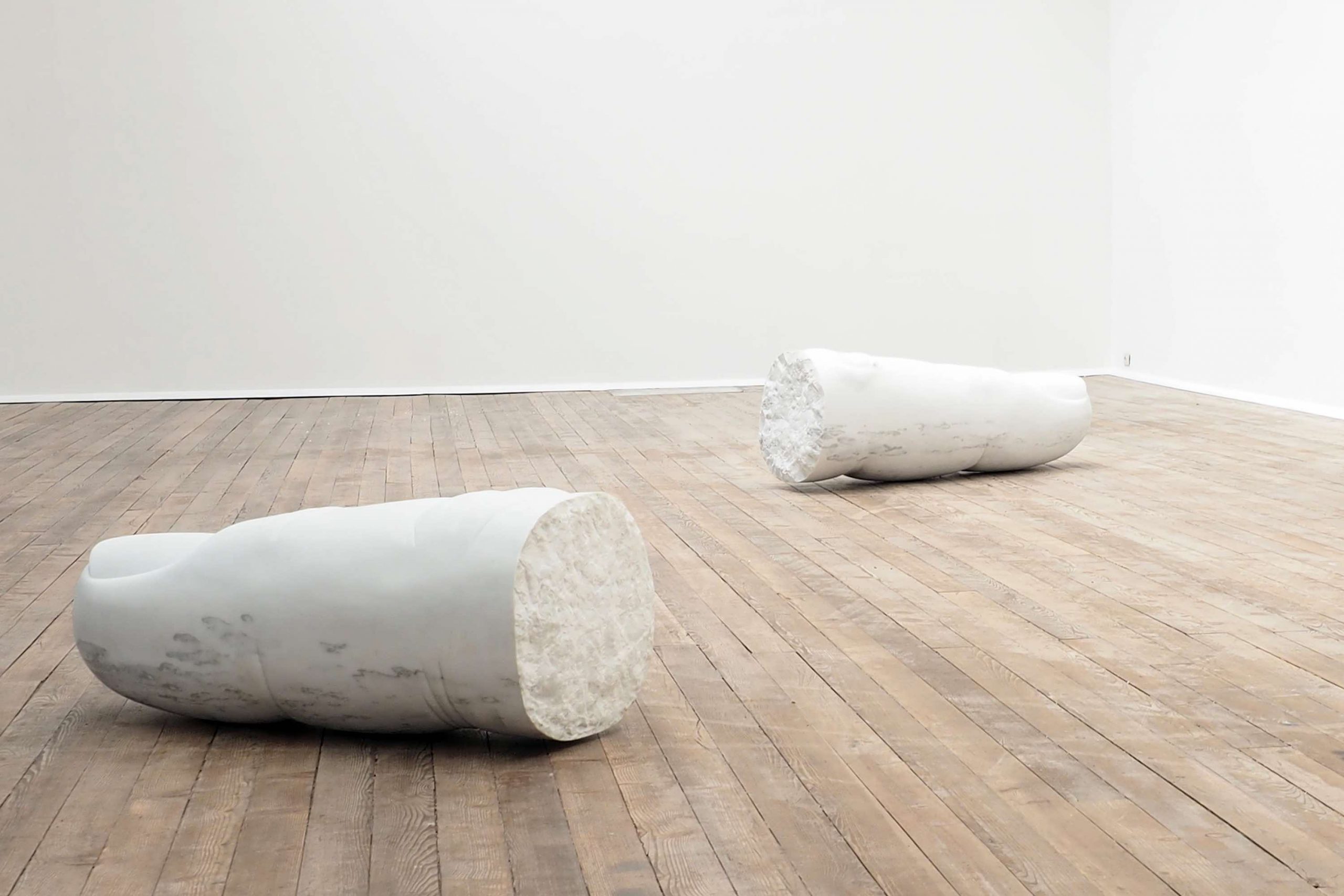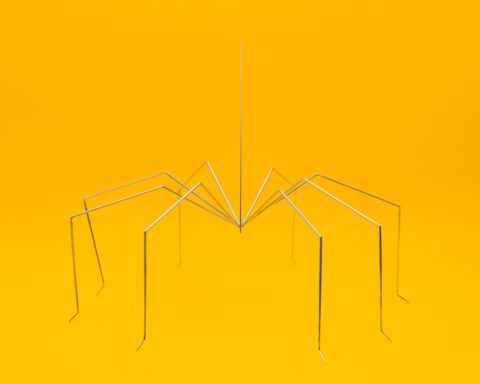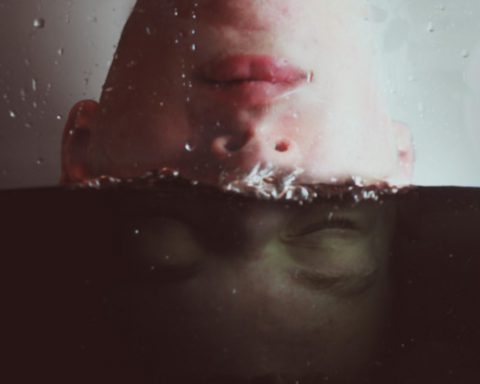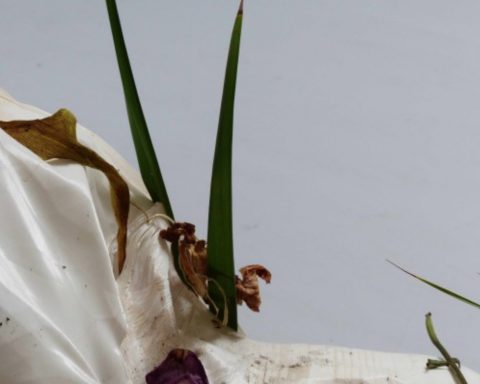A lot of people in the art world had tried to write, as fast as they could, a comment under one of the “Restaurant Drawings” of Jonathan Monk (Leicester, 1969). Why are they doing that? To understand that we have to know Monk’s poetry and practice.
Monk, a Berlin-based artist, employs a wide array of mediums (including that of photography, film, painting, and sculpture), replaying and recasting fundamental works of Conceptual and Minimal art. It’s not a copy, because Monk gives to his artworks new, ingenious and irreverent meanings. He changes the story: on one hand he pays homage to figures such as Sol LeWitt, Ed Ruscha, Bruce Nauman and Lawrence Weiner; on the other, he reflects on the tendency of contemporary art to have inner references and so, an authenticity in art. During the last two decades art and the meaning of originality has shifted. The coming of the internet and globalization changed as information was distributed and access to almost all the ideas was available to everyone in just a matter of seconds. So Monk’s appropriations and creations are continuously changing, underlining how art can’t always be the same: two works that share visual characteristics can have completely different meanings, and vice versa. At the same time, he thinks upon the circumstances of sale. First of all he created “Holiday Paintings” for which he reproduced on canvas advertisements for vacations listing locations and prices, and then sold the painting for the amount of the trip. Later, during his temporary life with his family in Rome, he conceived “Restaurant Drawings”: readymades of institutional artists, such as Jenny Holzer or Donald Judd, resurface in the form of drawings on receipts which are sold at the same price of the meal, on the artist’s Instagram profile, to the first who writes a comment. The prices are not so high, sometimes it’s a cup of coffee, but the gesture starts consideration about needs.
During Jonthan Monk’s last solo show in Milan, at Loom Gallery, we had a conversation starting from F. I. N. G. E. R. S., the exhibited artwork which gathers all the main characteristics of his practice. The work starts from Maurizio Catellan’s public monument L.O.V.E.: a giant hand doing the roman salute without three fingers. So, F. I. N. G. E. R. S. humorously recreates to scale the three absent fingers dropped off Cattelan’s monument, as they could be an object trouvée. L.O.V.E. is an acronym in Italian for “libertà, odio, vendetta and eternità”, meaning freedom, hate, revenge and eternity, so Monk asks us to re-activate Cattelan’s provocation: the absent hand of the fascist salute and the sculpture’s confrontation with capitalism in crisis.
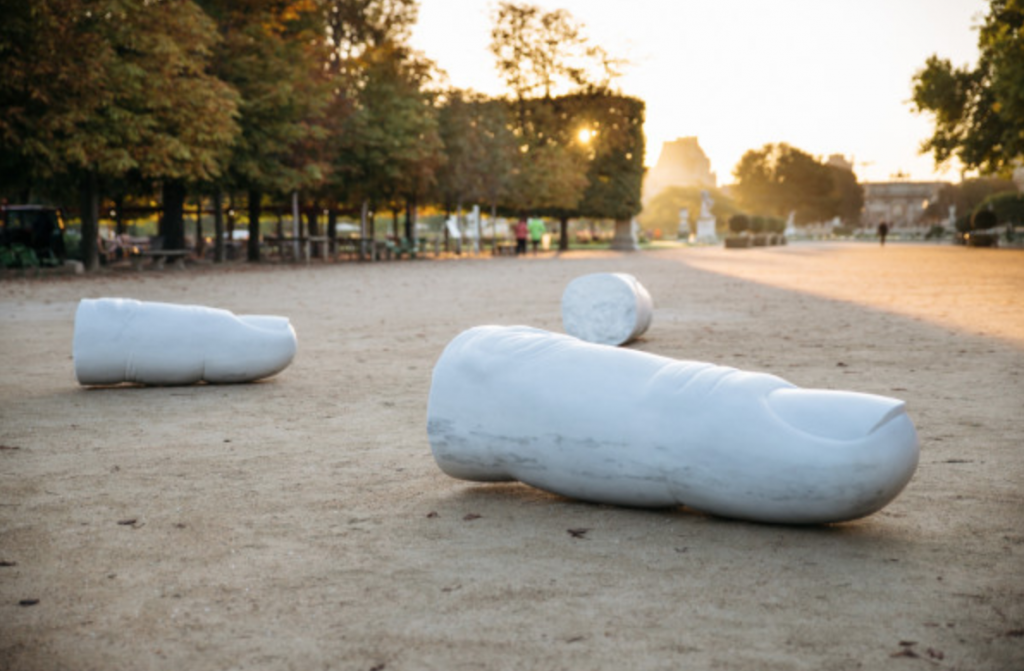
Gianluca Gramolazzi: Hi Jonathan. Your exhibition at Loom Gallery showed F.I.N.G.E.R.S.: three enormous fingers who relate with L.O.V.E., the monument by Maurizio Cattelan in Piazza Affari, Milan. How is your artwork connected to L.O.V.E.? Can we think of F.I.N.G.E.R.S. as a hack on Cattelan’s monument?
Jonathan Monk: The three fingers relate directly to L.O.V.E. Or certainly appear too. I guess there is a kind of ironic logic in the work. Maurizio’s work allows us to believe that three fingers and a thumb have been broken off the huge hand and discarded. Of course the giant digits were never actually fabricated. I like the idea that in our imagination we see the removed fingers etc. – I’ve tried to turn this notion into a reality.
G.G. L. O. V. E. has a clear political intention. Does F. I. N. G. E. R. S. have it too?
J.M. Yes it does – it relates directly back to Maurizio’s piece. They are and are not inseparable.
G.G. As we can see in Untitled Milanese Soft DJ, all your entire production is full of references. It seems to me as a re-enactment of different artworks, but giving them a new meaning, at least a new life. How do you choose the artwork to recreate? What’s the meaning you give to references?
J.M. I’m not sure – I don’t go looking for them. Certain works do offer the opportunity for a new interpretation or for a playful continuation. Even if some of my works do look very similar to other peoples works the initial intention is completely different so therefore the work is completely different.
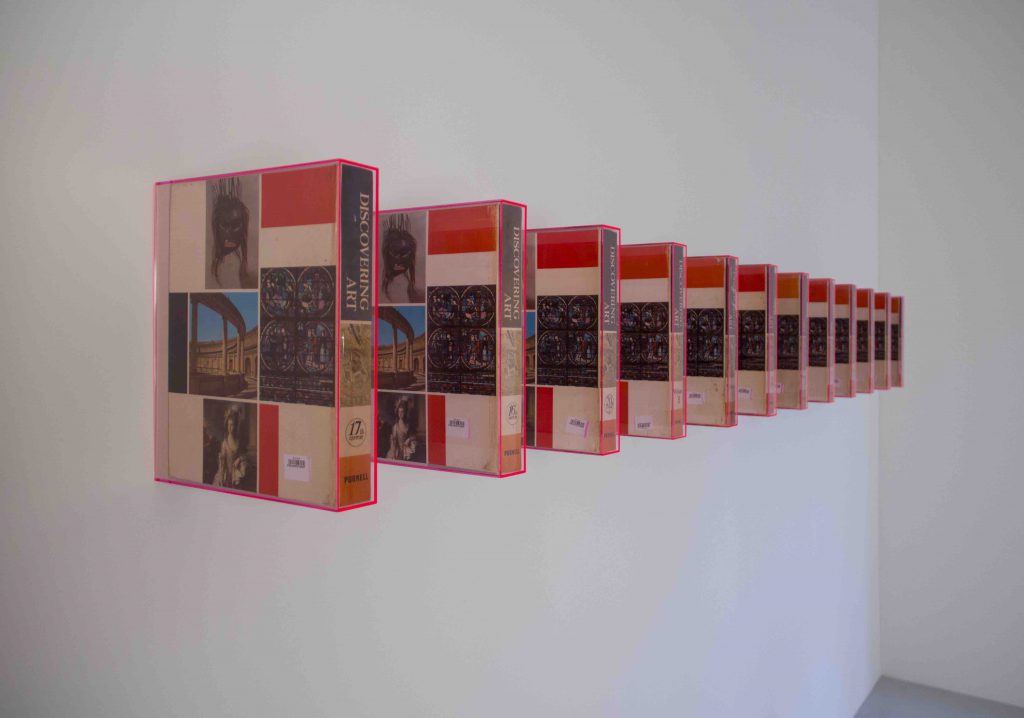
G.G. Some of your artworks, such as The Knowledge – in Pink, start from an object trouvèe. Different from Duchamp’s lifetime, the utilization of images is increased, transforming them into a real object that we can use, reuse, and throw away.
J.M. The Knowledge is a literal container for some of my ideas or thoughts on art. The binders or folders encased in the work are Discovering Art – an encyclopedia of sorts… they were the only books on art my family had when I grew up. These volumes contained almost all the art I saw until the age of 12.
G.G. One of your most famous series is “Restaurant Drawing”, where you draw famous artwork on receipts and you sell them for the amount of the meal. I think this is a brave way to create a glitch in the art market system. Is it a method to think again about what is necessary? And also, once you sell it, the price of the artwork grows hugely. Why do you do that?
J. M. Why not ? – I never really think about what may or may not happen to a work once it’s out in the world. I like the idea that my meals are paid for by someone else. I’m sure that some of the drawings will eventually be sold for more than the price of a humble lunch. But I’m still hopeful that the majority of the drawings found good homes and that they will stay in place until the printed text on the thermal paper receipt has long vanished from view.
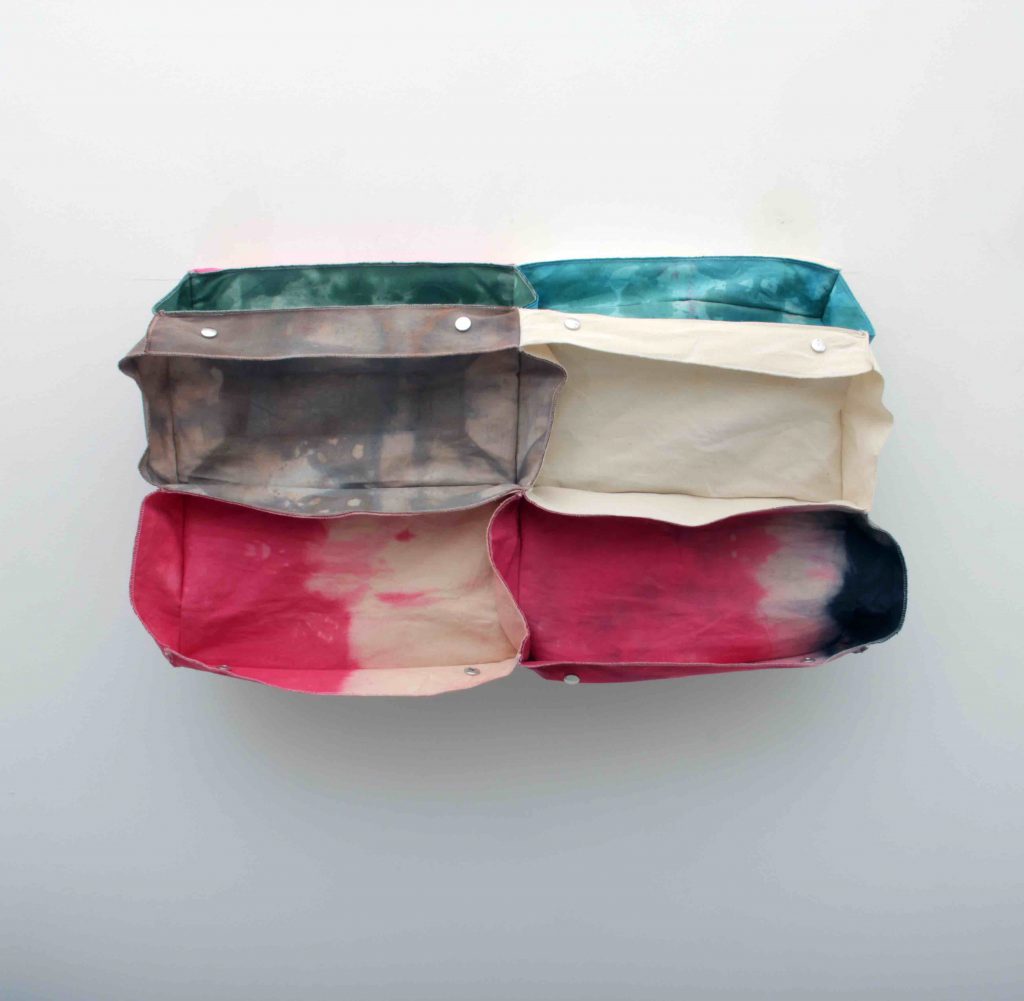
G.G. What is the role of art and artists nowadays?
J.M. I’m not exactly sure. The idea of what art is and what artists do is ever shifting.
Perhaps if these roles were defined then things wouldn’t move forwards… we need to keep the ball moving. This might be our job… Paul Maenz via Seth Siegelaub – art is to change what you expect from it.
G.G. Are you working on a new artwork? Could you give us some anticipations?
J.M. I’m working on a complex piece that relates to a Henry Moore sculpture that helped me at a specific moment prior to my time at art school. A kind of pre-institutional stumbling block. I am trying to open up this structure that helped determine my future. A moment that relates to now and that, without knowing, has had a direct input into why I am writing these words and why you are reading them.



